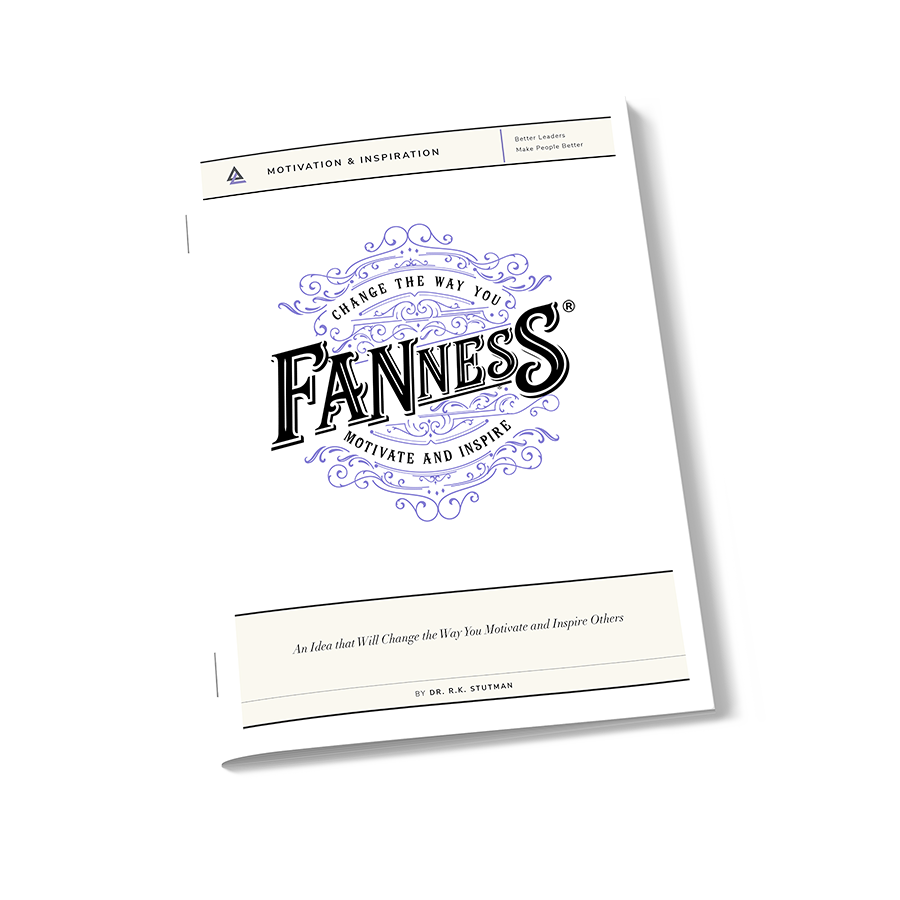Leaders new to a team or taking over a new area must listen before they make changes.
People want to feel heard.
Resistance is magnified any time a leader makes changes before absorbing the views and opinions of the team members and stakeholders.
So, good leaders conduct a listening tour, where they meet with individuals and groups to hear what they have to say.
Best practice suggests this is the perfect time for leaders to project and discuss their values, as well as to assess the talent within the team.
But the main purpose is to collect data and form a deeper understanding of how team members view the current strategy, results, and leadership practices. Everything they learn is feedback to consider.
Of the many lines of inquiry a leader might pursue, some stand out for the learnings they elicit. Seeking sweet and sour feedback is chief among them.
Sweet and sour feedback is a powerful metaphor for learning about what is going well and what needs improvement or attention.
Unfortunately, when team members learn that the leader wants to hear both positives and negatives, they are commonly reluctant to offer their criticisms. They are naturally cautious about sounding pessimistic or overly critical.
Good leaders prime the conversation to encourage more openness.
To begin with, they know that starting with the positives encourages people to open up and let their hair down about the negatives. But how leaders pose the question can also have an influence on what team members are willing to share.
Framing the question as seeking sweet and sour feedback is a great setup for asking a two-sided question: What is the best of the place, and what is the worst of the place? (Use the right word to substitute for “place,” like team, organization, culture.)
When team members anticipate that both questions will be covered in the conversation, they get more candid.
Reminding them that there is no optimal organization, team, or leader and that improvement is what the conversation is all about also encourages more candidness.
While this approach is ideal for leaders new to a team, this line of inquiry works well any time a leader needs to take stock and learn about the current state of ideas, like the team culture, team performance, or team morale.
Teams that speak frankly about the best and worst of the organization believe the leader is truly interested in their views and come to feel heard.
Once they know the current state, leaders are primed to make changes. But not a minute before then.

